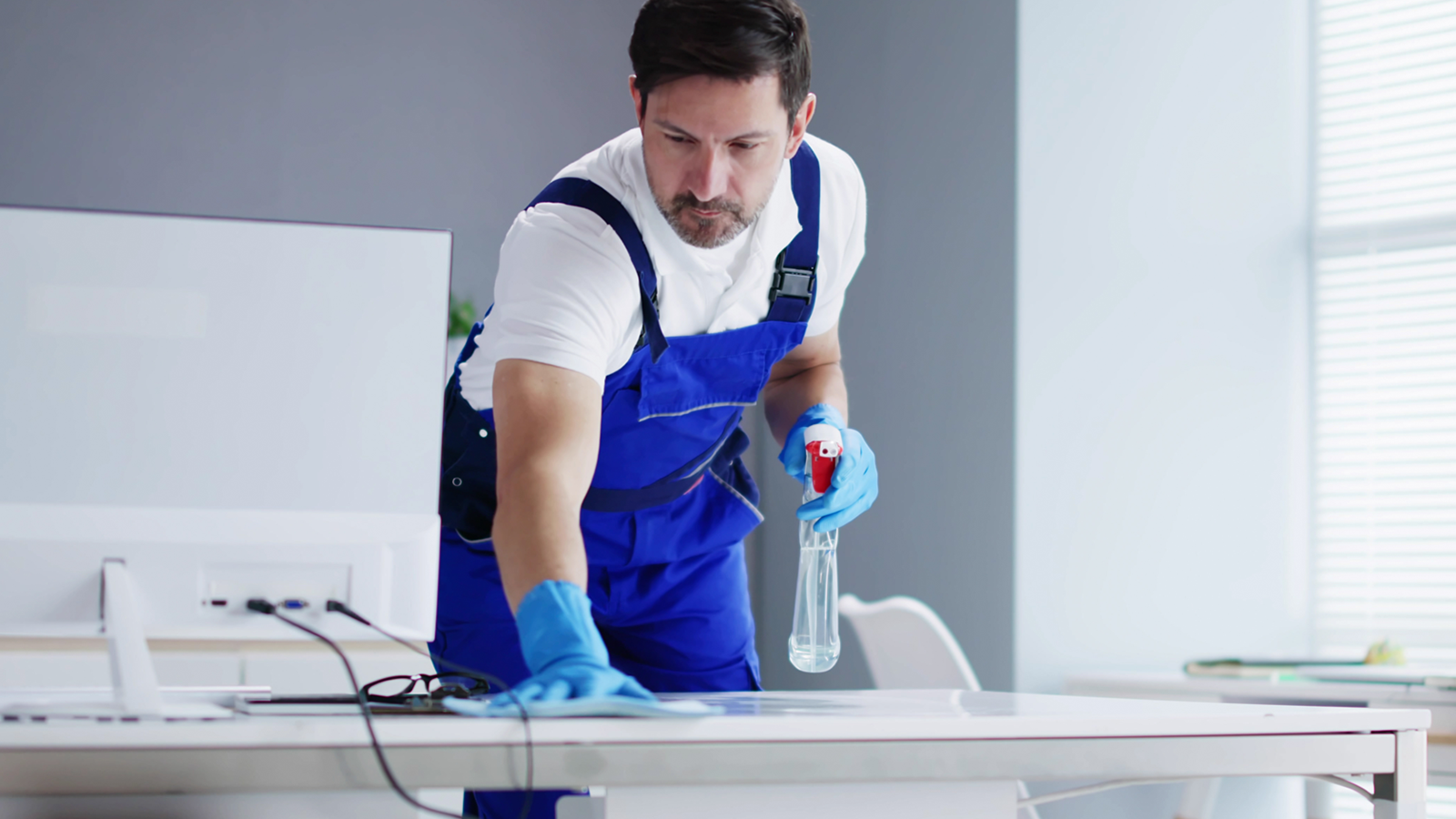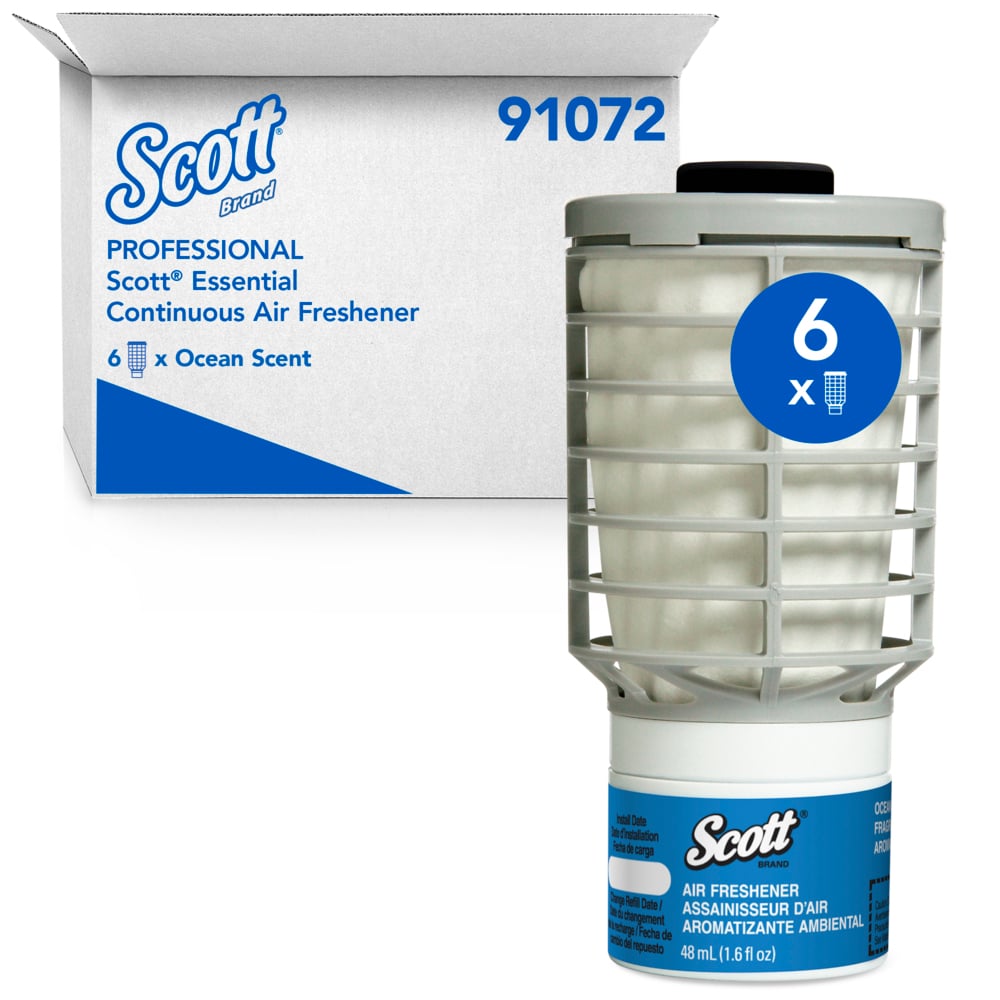Last Updated APRIL 2023
Retail, Grocery & Foodservice Germ Hot Spots
Placing hand sanitizer and signage in retail, grocery and foodservice common areas is a step in the right direction. But studies show it simply isn’t enough to make a real impact. Targeting “hot spots” with hand and surface hygiene protocol, is a key step toward reducing the spread of germs.

Creating a more hygienic place to shop and eat doesn’t stop at the restroom. Surfaces that are touched by lots of people throughout the day such as shopping carts, doorknobs, food prep areas and touch screen credit terminals — should be cleaned and disinfected daily in order to help break the chain of germ transmission
No matter which surfaces they may touch throughout their day, give your staff and customers peace of mind by providing proven cleaning and disinfecting solutions to help break the chain of germ transmission.
Cleaning these hot spot areas will help reduce germs in grocery, retail and foodservice facilities
- Shopping carts
- Doorknobs
- Touch screen terminals
- Front of house and back of house food touchpoints
Cleaning removes germs, dirt, and impurities from surface objects. Cleaning works by using soap (or detergent) and water to physically remove germs from surfaces. This process does not necessarily kill germs, but by removing them, it lowers their numbers and the risk of spreading infection.
Sanitizing lowers the number of germs on surfaces or objects to a safe level, as judged by public health standards or requirements. This process works by either cleaning or disinfecting surfaces or objects to lower the risk of spreading infection.
Disinfecting kills germs on surfaces or objects. Disinfecting works by using chemicals to kill germs on surfaces or objects.* This process does not necessarily clean dirty surfaces or remove germs, but by killing germs on a surface after cleaning, it can further lower the risk of spreading infection.
Steps to make it easy to drive cleaning and hygiene habits
Step 1
Clean the surface of commonly touched objects — use detergent or soap and water prior to disinfection.
Step 2
Disinfect the surface — use EPA-registered household disinfectants. Follow manufacturer’s instructions for application and dwell time.
Did you know?
- In the span of 24 hours, the average adult touches 7,200 surfaces1 and touches their face 552 times.2
- Research has shown that water fountain spigots have 19 times the more bacteria as a toilet seat.3
- A study conducted by Dr. Charles Gerba on shopping carts found E. coli on almost half the shopping carts tested. These germs may be transferred from the cart to your hands, to the food you select and then to the face, if the hands touch it.4
For more information on how to make your facility truly exceptional – a place where everyone feels equipped and empowered to contribute to a more hygienic environment, visit our hand and surface cleaning page.
Download Tips for Identifying Retail, Grocery & Foodservice Germ Hot Spots (PDF)
*Non-Food Contact Surfaces
Source: https://www.cdc.gov/flu/school/cleaning.htm
1 Zhang, N., Li, Y. and Huang, H., 2018. Surface touch and its network growth in a graduate student office. Indoor air, 28(6), pp.963-972
2 A frequent habit that has implications for hand hygiene Kwok, Yen Lee Angela et al. 2015. American Journal of Infection Control, Volume 43, Issue 2, 112 – 114
3 https://www.nsf.org/consumer-resources/studies-surveys-infographics/germ-studies/germiest-places-schools
4 Bacterial contamination of shopping carts and approaches to control Gerba C.P., Maxwell S. (2012) Food Protection Trends, 32 (12), pp. 747-749.




































